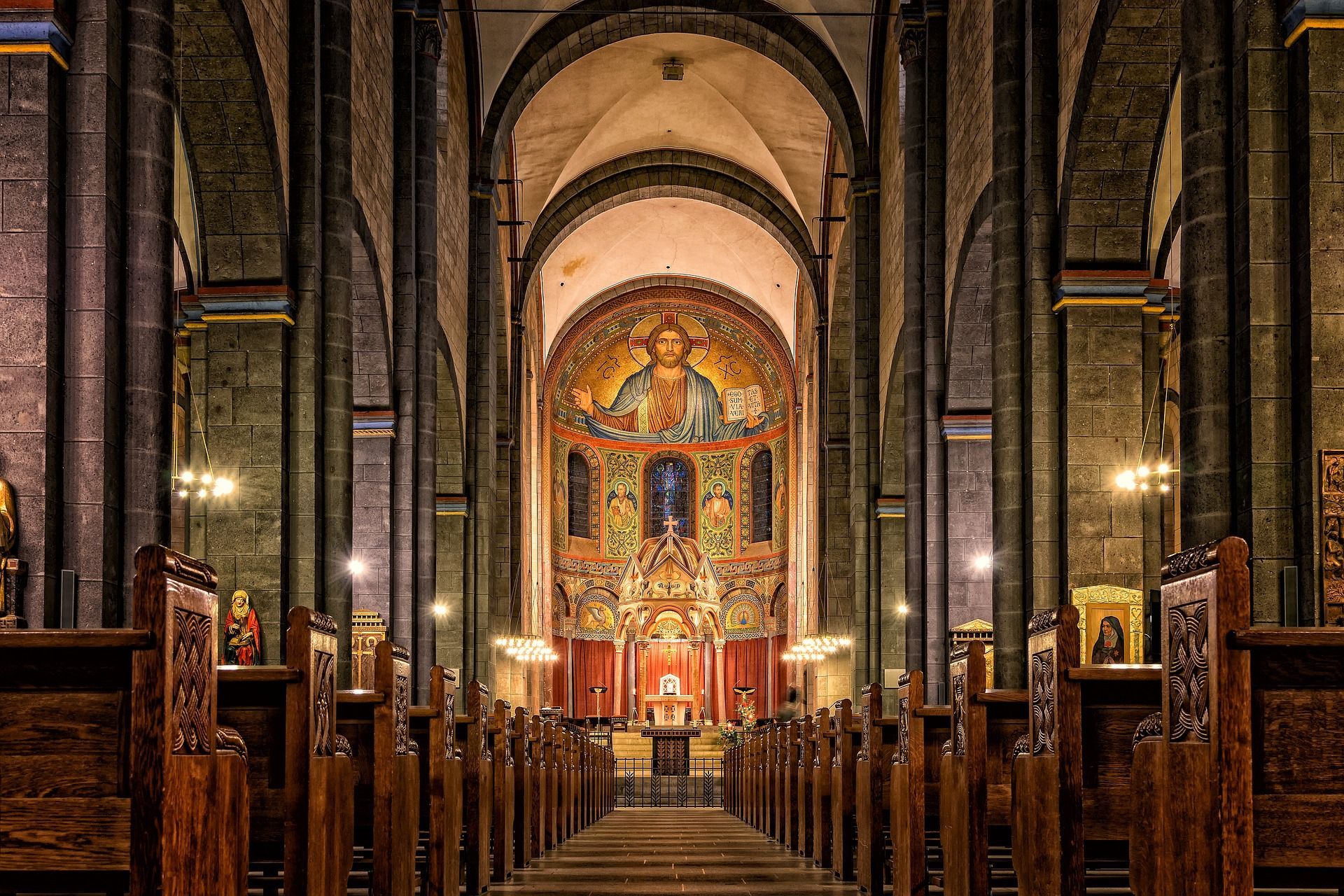
Lots of reflections and ways of meditating offered by saints and religious orders will appear at first to be broadly similar. They all offer their own slightly unique way of effectively having a conversation with God. For young people these complex ways of reflecting can seem tedious and boring. However, we can still take the backbone of these methods and work around them.
The premise can usually be summarised in three main parts: preparation; meditation; and conclusion. Preparation usually consists of remembering that God is present and then praying for a good reflection. Meditation depends on what you want to meditate on but usually consists of first placing the mind in the environment of the mystery or activity and then slowly drawing out points from that, whether they be points for improvement or things that have gone well. The conclusion is about bringing everything back to God and then coming up with a method to take what you have reflected upon forward.
Throwing young people into this usually results in them getting little out of it, you must be patient and spend as much time as they need in getting them quiet and in the mood for reflection. Ending with open prayer is a great idea and having music or worship both at the start and end will aid you greatly.
Using visual aids or having them actively involved will also help. If they are doing a reading or acting a part out it will help them get in the appropriate mind set. Finding what works best for your group will be a long process but it’s worth persevering. It’s also sometimes useful to change the environment they’re in or mix things up a little.
This is probably the hardest part of faith for young people to grasp but it is vital to their formation. I implore you not to leave it out or give up, it will benefit your faith just as much as it benefits your young people’s faith.